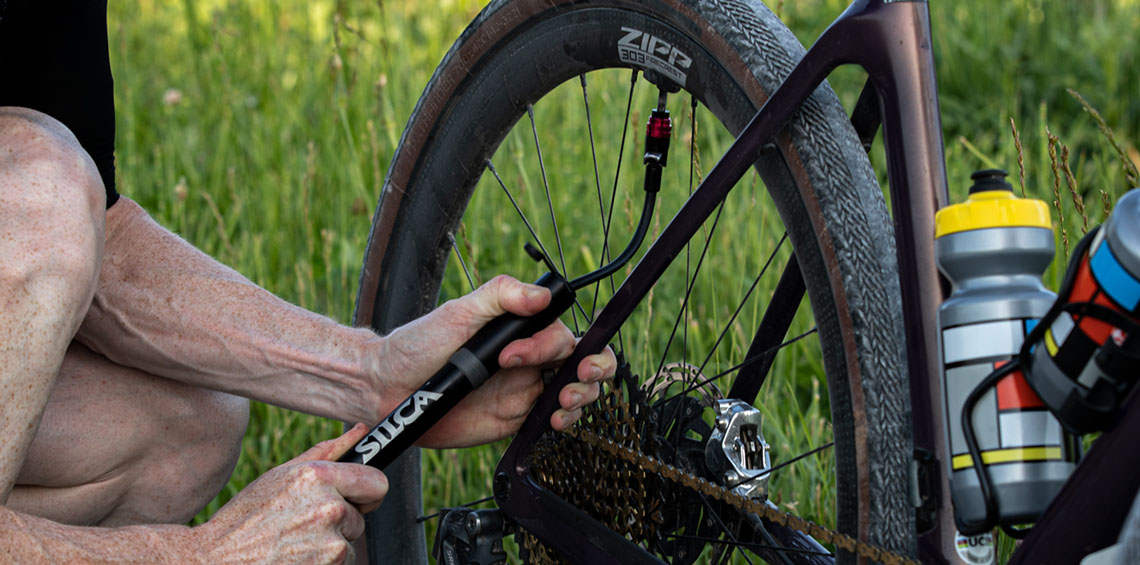
|
Echelon Sports Pty Ltd |
|---|

Lunch Ride writes:
The Silca Gravelero is, so far, the only mini pump designed specifically for gravel tires. As expected from Silca, it exudes quality, and is the only pump with a locking lever on its chuck, so there’s no risk of unthreading the valve core. It holds securely, and took 200 strokes to reach ~34psi and remained easy to pump the entire time.
The included mount is extremely secure, with a rubber strap as a backup. The completely round design makes it easier to keep it tight against the downtube, and the diameter is easy to hold during use.
The head is reversible to fit Presta/Dunlop and Schrader valves. Inside, Silca’s cone-shaped plunger seal is a big upgrade over the common O-ring – it pumps smoothly and efficiently, and it should last a lot longer since it can expand to fill the space (versus O-rings that wear down and lose efficiency over time).
While it lacks the add-ons and bonus features of the others, if you’re just looking for the best possible pump, this is it.
Specs are:
I pumped up the same tire from from “basically flat” to ~34psi and counted strokes. Each pump has different volumes, so it ranged from 100 to 400 strokes to reach a ride-able pressure on a 700×40 tire mounted on a hookless carbon gravel rim.
I rode mixed surfaces to make sure the mounts were solid and the pumps were quiet (one wasn’t), and then compared features against the criteria above. I’ve had most of these pumps for more than a year (or two!), and photo’d the key features of each below. These are the best I’ve tested so far, but I’ll update this list as other pumps come out.
Please read the full review on The Lunch Ride website.